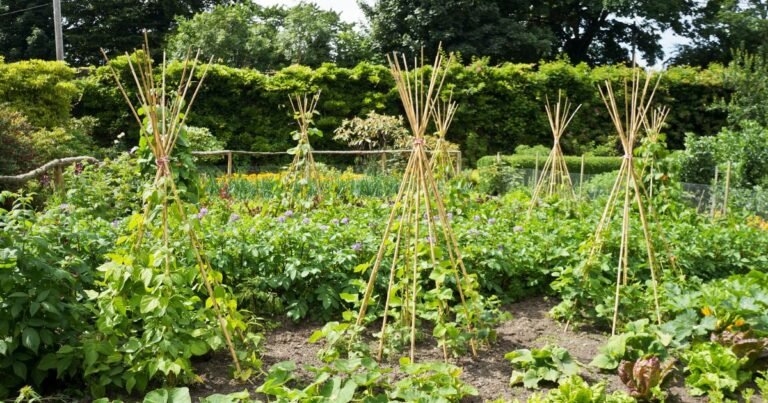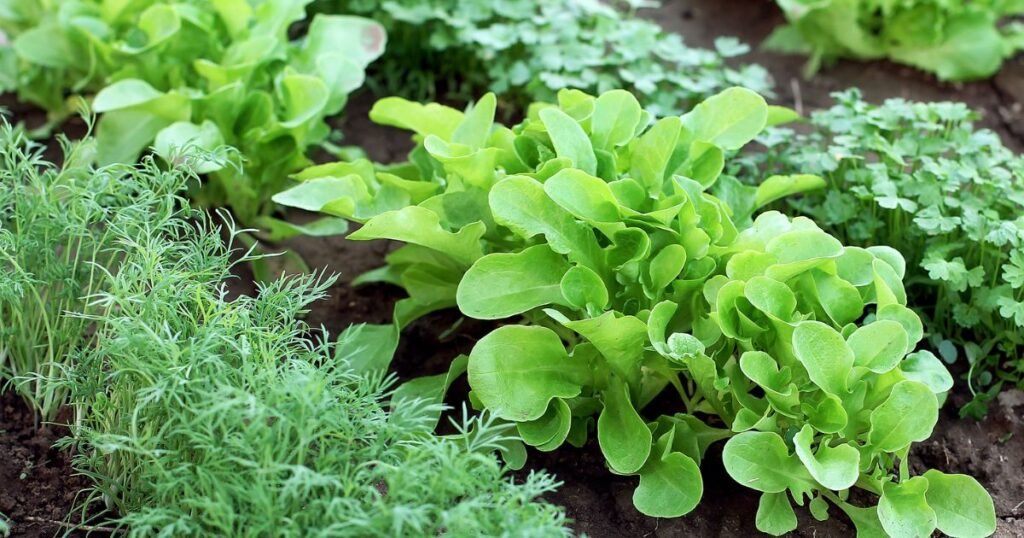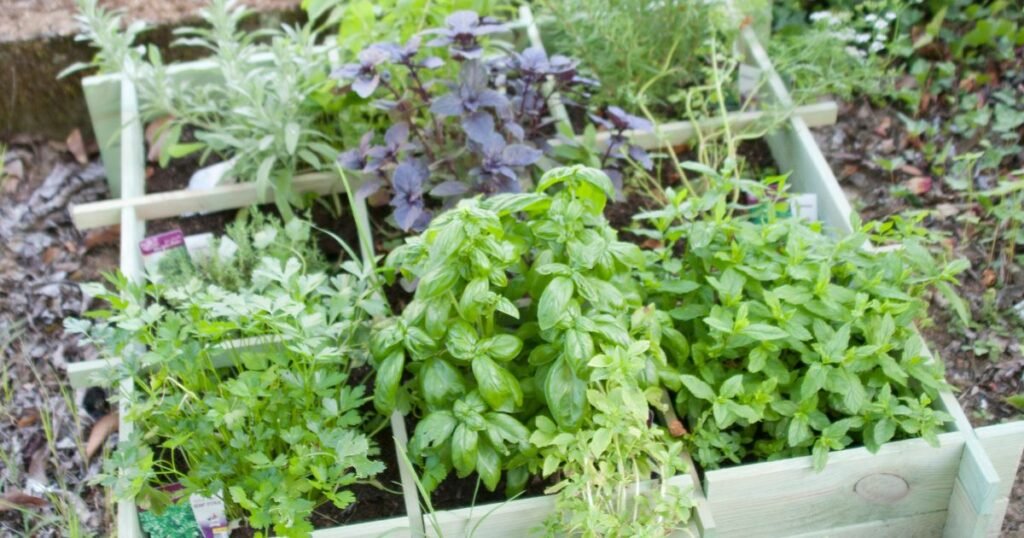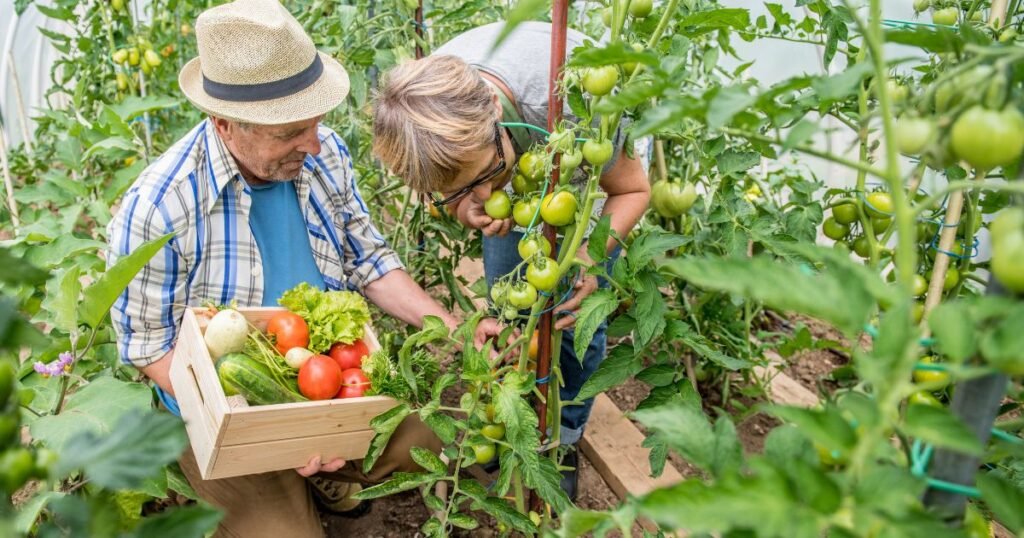
The Italian Vegetable Garden
Your Guide To The Perfect Italian Garden
- Claudia Bovati
- Rome, Italy
Are you a gardener who would like to grow a bountiful Italian-style vegetable garden?
Are you new to gardening but want to grow your own food and incorporate it into your homemade Italian cuisine?
Are you expanding your Italian cooking and culinary skills, and wish you could incorporate your own fresh homegrown produce into your Italian main and side dishes?
The good news is that this is not a novel concept – you can do all of the above.
This short article is a complete guide to growing your first Italian vegetable garden – by a leading authority on gardening – horticulturist, and landscape designer, Nathan Heinrich.
Nathan is the son of a 6th generation farming family in Northern California, he now lives in the Prosecco Valley of Northern Italy.
Nathan is a contributing writer for publications such as Architectural Digest, Martha Stewart, and Better Homes and Gardens – he is also the host of the I’m Moving To Italy podcast.

The Italian Vegetable Garden
The original vegetable gardens were planted in the Mediterranean Region thousands of years ago.
The Italian peninsula and islands boast some of the world’s oldest recorded history of gardening.
The wisdom of Italian gardeners is still thriving on the terraced gardens of Italy’s hillsides – millennia after the first vegetable garden was planted.
Although the famous Italian tomato didn’t arrive from the New World to make an appearance in Italian gardens until about the 17th century, countless other Italian herbs and vegetables were part of Italian food culture long before the rise of the Roman Empire.
Modern-day Italian food around the world was shaped by the ever-evolving Italian farm and garden.
As Italian immigrants moved around the world they brought many traditions with them.
Among these traditions was the ability to grow bountiful gardens and turn the produce from those gardens into delicious, healthy, budget-friendly meals for their families.
These recipes and traditions morphed into menu items at Italian restaurants and shaped the cultures of every continent on the planet.
A true testament to the power of the Italian garden.

Why Italians Garden
The reasons that Italians cultivate their own vegetable gardens have changed a lot in the past 100 years.
Before our modern supermarkets, which are now also found in Italy, gardening was a way of life.
In other words, if you wanted to feed your family a certain type of vegetable, you would have to grow it yourself.
Only the city-dwellers were dependent on the local markets that farmers would set up to sell their own produce and the produce of neighboring farmers in the town square.
“Most Italian family farms included a grove of olive trees to produce the liquid gold of Italy – olive oil.
Although most Italians now live in apartment buildings in Italy’s major cities and buy their vegetables from weekly farmers’ markets and grocery stores, you are hard-pressed not to find a small collection of herbs, fruit, and vegetables growing on their terraces and balconies”, says Nathan Heinrich.
Gardening is in the DNA of Italians.
But it is also in your DNA as well.
Every one of our common ancestors knew how to harness the power of the sun, the earth, water, and seeds to produce their own food – and you can too.
It’s true.
“With just a tiny piece of land or a sunny corner of a city balcony, you can grow enough tomatoes to make your own delicious classic marinara sauce and herbs to season traditional recipes from Italy,” says Nathan to the prospective gardener.

Elements Of An Italian Garden
According to gardening expert Nathan Heinrich, there are only 4 main elements to an Italian vegetable garden – or any type of garden: soil, sun, water, and plants.
Soil
Whether your available plot of land for a garden is several acres out in the country, a backyard in the suburbs, or a collection of clay pots on your front porch – you simply need some moderate-quality earth or potting soil in which to plant an Italian victory garden.
Make sure your pots and containers are able to drain completely after each watering.
Heavy clay soils are the most challenging to garden in.
You may need to add some high-quality compost to amend your garden soil if you have too much clay.
Make sure that you use special high-quality well-draining garden soil like Miracle Grow vegetable potting mix in your container gardens.
Sun
Another essential ingredient for your Italian garden project is the sun.
Without at least 5 or 6 hours of full sun from the hours of 10 am to 5 pm, your garden will not have enough solar energy to power photosynthesis.
Think of each leaf of your plant as an individual tiny solar panel.
With full exposure to the sun, these biological solar panels will produce enough power to grow leaves, roots, blooms, vegetables (or fruit), and even new seeds for next year’s garden.
Without the power of the sun, a vegetable garden won’t work.
It is not possible to have too much sun in the garden but it is very possible not to have enough.
Water
With proper soil and sunlight, the final element, and one of the easiest to get, is water.
While water is relatively easy for us to get our hands on in developed countries, without enough of it, for even a single day in very hot climates, your Italian vegetable garden is doomed.
If your plants are planted into the ground, you may be able to get away with watering only a few days a week.
But if your veggies and herbs are planted in a container, you will most likely have to water them each day – or at least check to make sure they have not dried out.
Over-watering is nearly as bad for your plants as under-watering.
By causing your vegetable roots to sit in water-logged soil you can cause them to drown from lack of oxygen.
Just like us, roots need oxygen and when all the little openings in the soil are filled with water there’s no way for the plant to get enough oxygen.
Too much water in a container or in garden soil will lead to root rot and ultimately the death of your plants.
Pro Tip: Only water in the early morning because the leaves will be able to dry off before the sun gets too hot water on the leaves in the hot afternoon sun is like tiny magnifying glasses all over the leaves of your plant – not ideal.
While watering at night can lead to fungus and mold.
Plants
The type of vegetables and herbs you plant in your Italian garden is completely up to you and your own unique tastes and imagination.
Here are some of the most popular herbs and vegetables from a traditional Italian vegetable garden:
- Red Onions
- White Onions
- Garlic
- Bell Peppers
- Tomatoes (there are dozens of fantastic varieties of tomatoes from Italy)
- Fava Beans
- Borlotti Beans
- Artichokes
- Basil
- Rosemary
- Oregano
- Thyme
- Squash
- Zucchini
- Cucumber
- Eggplants
The list of Italian-style vegetables is wide and varied.
Whatever types of Italian vegetables or fresh herbs you choose you will have satisfaction and peace of mind in knowing where your produce comes from and how it was grown.
There are few more rewarding experiences than deciding what to make for dinner based on what is ripe and ready to be harvested from your own vegetable garden.

Start Simple
One of the best things about starting your Italian vegetable garden is the fact that it can be so simple and easy.
If you’re an expert gardener you already know this, but if you’re new to gardening you may not realize how important it is to keep things simple.
Nathan has some excellent tips for achieving success through simplicity.
“Herbs are smaller and easier to maintain so if you are looking to increase the number of varieties in your garden, herbs are an excellent choice.
Vegetables on the other hand tend to grow very fast and take up much more room in the garden.
For your first year, perhaps a combination of 5 varieties of vegetables such as tomatoes, squash, cucumbers, beans, and herbs would be a wise choice,” says the garden designer.
As for the design of your Italian garden, think “kitchen garden”.
Most vegetable gardens in Italy are located fairly close to the kitchen.
This makes harvesting, watering, composting, and weeding much more practical and accessible.
“Try to plant your rows in a north-south direction and make sure to plant tall plants like pole beans and tomatoes at the back of the garden – farthest from the sun so that they don’t shade out your shorter lower-growing varieties.
This is also true when planting in pots – the shortest plants to the front, closer to the sun – taller plants toward the back so they don’t cast shadows,” Nathan suggests.
If you are able to set up an automatic watering system to ensure regular watering, your vegetable gardening experience will remain fairly simple.
This way you will have more time to focus on weeding, harvesting, and simply enjoying your Italian vegetable garden.

A Tradition That Grows For A Lifetime
If you were not lucky enough to grow up with parents or grandparents who taught you how to grow a vegetable garden, that’s ok.
You get to establish some brand new traditions with your own children, grandchildren, or any young people in your life.
Nathan encourages us to plant our Italian vegetable gardens as soon as possible by reminding us, ‘”Give someone a basket of vegetables and they eat for a day, teach them how to garden and they will eat for a lifetime’, so teach yourself how to garden and then you can teach others to do the same.”

Dreaming of Moving to Italy?🇮🇹 - Get this FREE podcast & be INSPIRED by someone who moved from New York to Italy in 2020!
*By signing up for this Podcast you’ll also be joining our mailing list through which we will keep you up to date on all things Italian! We never sell your information and you can easily unsubscribe at any time.
